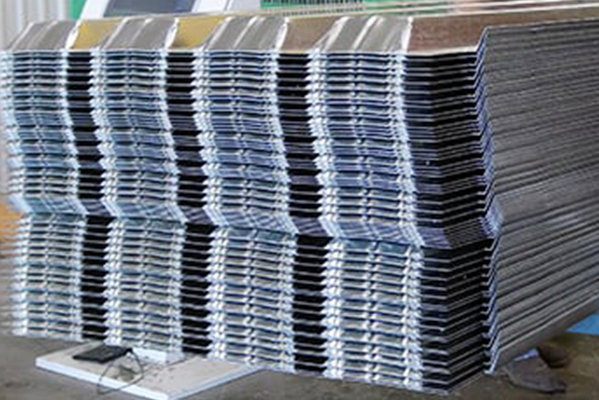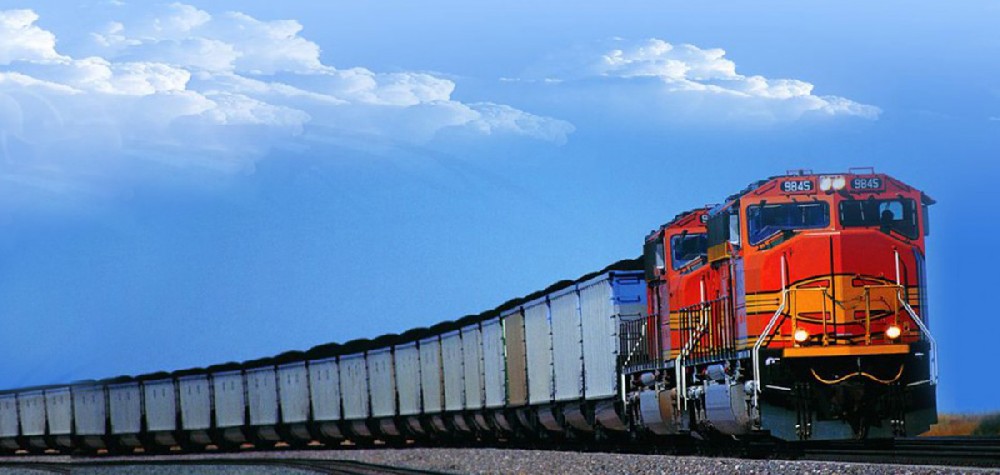Navigation Menu
Contact Us
- Email:
- info@wxavatar.com
- Address:
- Yurong Village, Yuqi Street, Huishan District, Wuxi, China.
Release Date:May 31, 2025 Visit:41 Source:Roll Forming Machine Factory
The manufacturing and logistics industries are experiencing significant advancements in automation technology, particularly in the development of panel line stackers. These machines play a crucial role in material handling, ensuring efficient stacking and organization of panels in production lines. The next generation of panel line stackers is being shaped by several key innovations that enhance performance, reliability, and adaptability.

1. Advanced Robotics and AI Integration
Modern panel line stackers increasingly incorporate robotics and artificial intelligence (AI) to improve precision and efficiency. AI-driven systems enable real-time adjustments based on panel dimensions, weight, and stacking patterns. Machine learning algorithms optimize stacking sequences, reducing errors and minimizing downtime. Robotic arms with enhanced sensors ensure smooth handling of delicate or irregularly shaped panels.
2. Improved Modular Design for Flexibility
Manufacturers are adopting modular designs that allow panel line stackers to be easily reconfigured for different production needs. This flexibility is particularly valuable in industries where panel sizes and materials vary frequently. Modular components also simplify maintenance, as individual parts can be replaced or upgraded without requiring a complete system overhaul.
3. Enhanced Safety Features
Safety remains a top priority in industrial automation. The latest panel line stackers include advanced safety mechanisms such as collision avoidance systems, emergency stop functions, and real-time monitoring. Vision systems and proximity sensors help prevent accidents by detecting obstacles and adjusting movements accordingly.
4. Higher Speed and Precision
Innovations in motor technology and motion control systems have led to faster and more precise stacking operations. High-performance servo motors and linear actuators ensure smooth and accurate panel placement, reducing cycle times while maintaining consistency. These improvements contribute to higher throughput in manufacturing environments.
5. IoT Connectivity for Smart Manufacturing
The integration of the Internet of Things (IoT) allows panel line stackers to communicate with other machinery and central control systems. Data collected from sensors can be analyzed to optimize performance, predict maintenance needs, and improve overall production efficiency. Remote monitoring capabilities enable operators to oversee stacking operations from anywhere, enhancing workflow management.
6. Energy-Efficient Operations
While avoiding specific environmental claims, it’s worth noting that newer panel line stackers are designed to operate more efficiently, reducing unnecessary power consumption. Innovations in drive systems and power management contribute to lower operational costs without compromising performance.

Conclusion
The next generation of panel line stackers is being shaped by robotics, AI, modular design, safety enhancements, speed improvements, IoT connectivity, and operational efficiency. These innovations are helping manufacturers streamline production, reduce errors, and adapt to changing demands. As technology continues to evolve, panel line stackers will play an even more critical role in automated manufacturing and logistics.